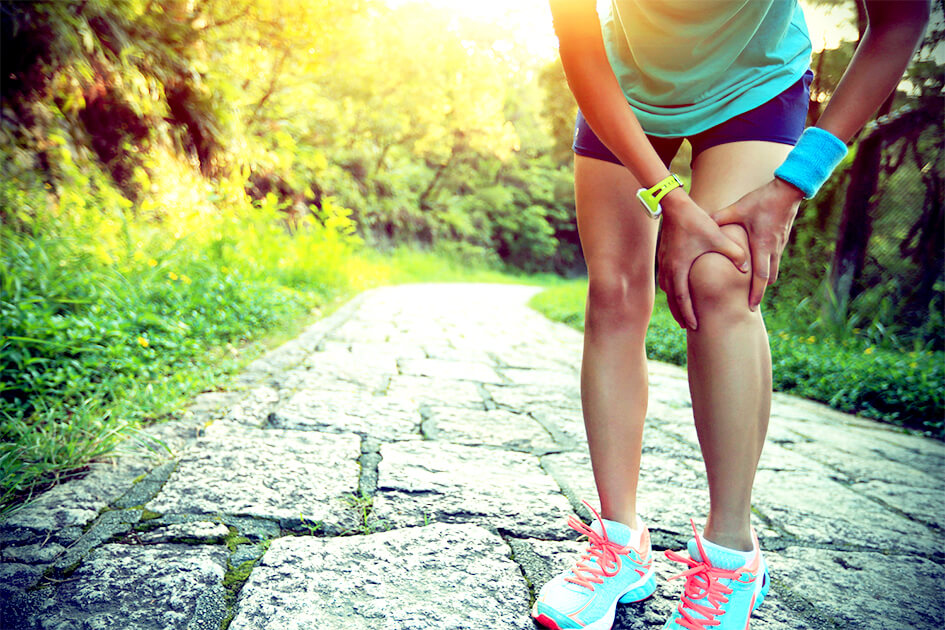
Physical activity has many benefits for your health. But staying safe during physical activity is just as important for your health. Start slow if you have not been physically active for a while. This will help you stick with it and avoid injury.
Should I talk to my doctor before starting a physical activity program?
Maybe. Most healthy women do not need to talk to their doctor or nurse before becoming active. But if you have health concerns or have not worked out in a while, it is a good idea to talk to a doctor or nurse about the types of physical activity that are right for you.
This is especially important if you:
- Have or are at high risk of heart disease
- Have had or are at high risk of a stroke
- Have or are at high risk of diabetes
- Have obesity (body mass index of 30 or greater)
- Have an injury
- Are pregnant
Are women more at risk than men are for injuries during physical activity?
Yes and no. Both women and men are at risk for injuries during physical activity. The degree of risk depends on the type of activity. For example, contact sports carry more of a risk than activities like walking.
But women are more likely than men to develop “runner’s knee” during physical activity.1 This condition may happen when the shock-absorbing tissue (called cartilage) in the knee wears down or when there are problems with the alignment of the bones, tendons, and muscles of the knee. It can happen because of many sports or activities, not just running.
Women are three times more likely to have an anterior cruciate ligament (ACL) tear than men are.2 The ACL holds the knee in place.
Reasons for the difference in injury may include the following:
- Women’s anatomies (body structure) are different from men. Women have smaller, weaker muscles supporting the knee.
- Women and men land differently when running or jumping. Women and men also move in different ways during physical activity because of differences in the shape of the hips, muscle strength, and leg alignment.1 This puts women more at risk for injury during activities that include jumping, twisting, and turning, such as skiing, basketball, and tennis.
- Changing hormones during the menstrual cycle or pregnancy may loosen and weaken joints.
You may benefit from exercises you can do to strengthen your knee joint and lower the chance for ACL injuries. Talk to your doctor or nurse about your risk and what you can do to prevent injury.
How can I help prevent an injury?
You can take the following steps to help prevent an injury:
- Use safety equipment. For example, wear a helmet for bike riding or supportive shoes for walking or jogging.
- Warm up to your workout. Spend five to 10 minutes doing a “light” version of your workout. For example, if you’re taking a brisk walk, walk slowly or march in place. If you’re biking, keep it slow before building your speed. Slow down again after working out until your heart rate returns to normal.
- Drink plenty of fluids when you are physically active, even if you are not thirsty.
- Always bend forward from the hips, not the waist. For most types of exercise, if you keep your back straight, you’re probably bending the right way. If your back “humps,” that’s probably wrong. Talk to an exercise trainer or physical therapist if you have questions or concerns.
- Stop being active if you feel very out of breath, dizzy, or nauseated or have pain. If your chest feels tight or painful or you feel faint or have trouble breathing, stop the activity right away. Always call 911, or have someone call for you, if you lose consciousness, cannot breathe, have uncontrollable bleeding, or have a serious injury like a broken bone. Talk to your doctor or nurse if you regularly have trouble exercising because you get dizzy or nauseated, cannot breathe well, or have pain during or after exercise.
You will probably feel some soreness or discomfort when starting any physical activity. But in many ways, being active will probably make you feel better. If you do have pain that continues for days after an activity, talk to your doctor or nurse.
Sources
- Voskanian, N. (2013). ACL Injury prevention in female athletes: review of the literature and practical considerations in implementing an ACL prevention program. Current Reviews in Musculoskeletal Medicine; 6(2): 158–163.

